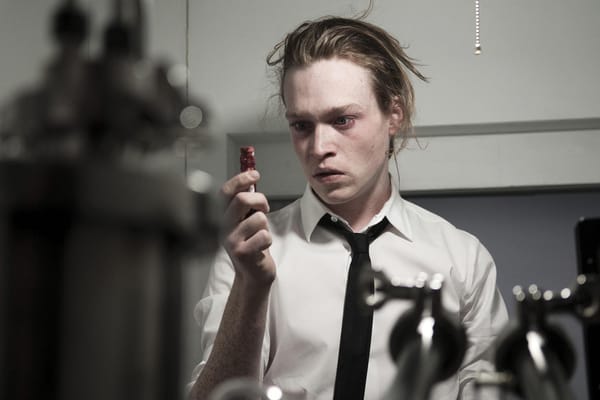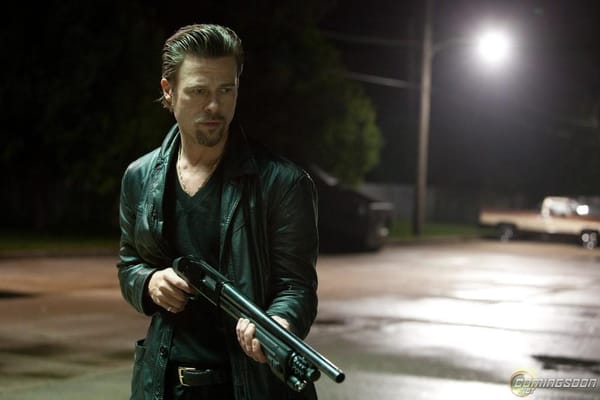Ethan (Hawte) Hawke gets sweaty, wet, tense, and hard
Just a standard horror film? Well, the star is a bit slow to grasp the plot
It’s a shame characters in horror films leave things until too late to put the pieces together. They spend an agonising part of the running time going through all sorts of danger and jump scares but refuse to admit that there’s something wrong with the house they’re living in. It’s not entirely clear just what Ellison Oswalt (Hawke) is trying to achieve when he moves into the house where an entire family was hanged in their garden. Sure, he’s a true-crime writer but did he really need to drag his family into the scene of the crime? He of course keeps this little secret to himself, with his wife Tracy (Juliet Rylance) and two children completely unaware of what they are in for.
Following the pattern most struggling writers do in films, he looks to Scotch for his inspiration. Knocking back a bottle every evening without the much feared consequences of a hangover, he sets up his own investigation “wall” where photographs, maps, print-outs and articles are put up and tied together with bits of string. It makes very little sense to us, but Ellison seems to be pretty content and know what he’s doing. But it’s not until a miraculous discovery of home videos that really kicks off his novel-writing process.
So what exactly have been recorded in these family home videos? Initially they appear harmless, of various happy looking families. But in a series of bizarre twists, the videos go on to record some horrific murders. Well crafted and meticulously planned and executed, the families helplessly fall victim to some grizzly, nasty massacres. But what do these seemingly different victims have in common? As he embarks on his investigative journalism, often aided by a wannabe helpful but slightly dim police officer (the excellent James Ransone who provides priceless offbeat comedy), he discovers links that aren’t too fascinating or complex, and it frustrates us to see how long he spends to connect the dots. For a man who has supposedly written popular crime novels in the past, he’s not too sharp when it comes to actually doing his job.
In the meantime he hears odd noises, loud thuds, opened doors which were surely locked, electronic equipment that was surely switched off, and this carries on for several nights, as Ellison is incapable of taking a hint.
Plus there’s the obligatory young daughter who sees things no one else does. Young girls in horror films traditionally turn out to be more crucial than they seem. Cryptic dialogue, spoken in a soft, high-pitched voice of an assured child showing very little emotion, drawing random pictures on the house wall; these are all textbook methods of throwing together a bunch of overused ideas.
But why does this film actually work? Despite its unnecessarily lengthy running time, it’s Hawke’s gripping central performance that holds everything together from start to finish. Forget the mystery, forget the horror, and forget the clichéd scares. What Sinister has done so well better than any other horror film is that it has truly found a capable lead, a rarity in horror films that normally choose to go for the young ones with looks rather than talent. He inhabits his role with commitment and compelling energy that helps to sell the story, no matter just how ridiculous everything builds up to.
The familiar ideas do sometimes work – but the overused cycle the film gets itself stuck in is a tiresome one. It starts off with an intriguing premise: The Ring-like story a character stumbling across a horrific footage that marks you for all sorts of terror and violent demise. But from that point on it never builds up to anything truly substantial. The ending is a shocking one, not the kind commonly seen in films that decide to play it safe, but with Sinister, it does redeem some points with a daring finale.









